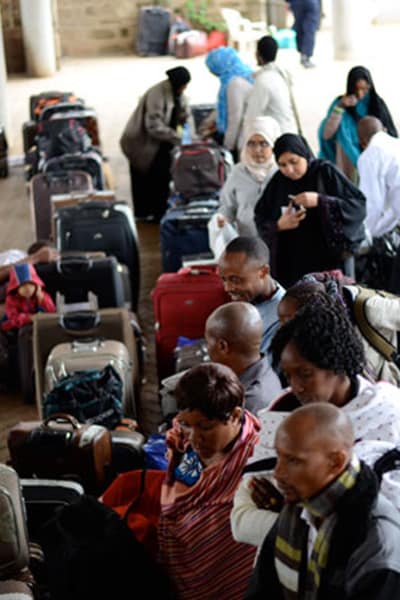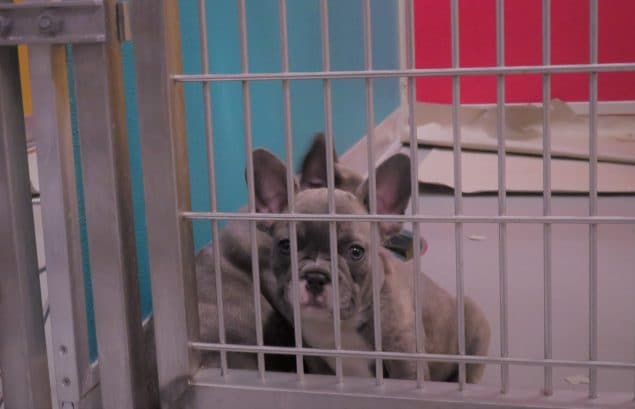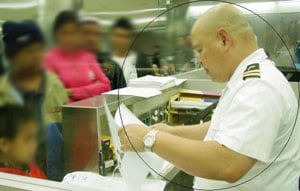Stories

Every day, CDC’s work is protecting Americans and making a difference in the lives of millions of people all over the world. Read our stories to learn more about DGMH’s real-world impact.

As COVID-19 continued to spread, the number of cases rose, and new variants emerged. The pandemic also affected people’s ability to access goods and services for everyday living worldwide. Despite the COVID-19 pandemic negatively impacting services such as supply chains, and other aspects of our daily lives like travel, some positive outcomes arose from the pandemic.
Public health officials in East Africa used innovative ideas to tackle threats from not only COVID-19 but also other infectious diseases. The pandemic highlighted the importance of information sharing and coordinating response to public health emergencies between neighboring countries. This, in turn, made it possible for both CDC headquarters and field staff from the CDC’s Division of Global Migration Health (DGMH) in the National Center for Emerging and Zoonotic Infectious Diseases to support several projects that strengthened border health coordination between Kenya and its neighboring countries, as well as Kenya’s overall public health capacity.

It is a chilly morning in Nairobi, Kenya, but adults and children alike are bundled up and waiting patiently with their suitcases. Amina and her family are several of those waiting to relocate to the United States. Each year, close to 50,000 refugees and 500,000 immigrants come to the United States from around the world. Learn about Amina’s journey to the United States and how DGMH works to protect and improve the health of immigrants, U.S. bound refugees, and migrants through domestic and overseas programs.

At New York City’s John F. Kennedy International Airport (JFK), the belly of the Boeing passenger jet opened to reveal the cargo hold filled with stacked crates of whimpering dogs, many more than usual. All were young puppies—most too young to leave their mothers—cowering and huddling in their cages, shivering while covered in their own waste after their long international flight. Learn more about CDC’s public health officers and veterinarian’s role in this response.

Arnold Vang, one of CDC’s quarantine officers in Minneapolis-St. Paul knows firsthand what it’s like to be a refugee. Arnold and his family came to the United States in 1976 from Laos. Today, with 1 billion people crossing international borders each year, we are more connected than ever before. That’s why CDC’s Port Health Stations and having port health station staff like Arnold who understand and respect the many emotions, challenges, and transitions experienced by refugees and immigrants, are so important. Learn more about how U.S. Port Health Stations welcome new arrivals and protect the health of immigrants, refugees, and U.S. communities.